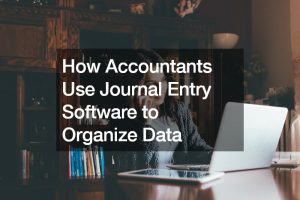Solar energy is an excellent alternative to fossil-fuel-based sources of energy. It is free and abundant in nature, is zero-emission, and is renewable. It is no wonder that photovoltaic (PV) cells are popular as an alternative source of energy among businesses that are trying to go green. It is now affordable and easy to install. But solar panels still require a high level of maintenance and monitoring in order to perform well. If the cells are not well-kept, they are prone to degrading and gathering dirt, all of which lead to performance loss.
It is very important to constantly monitor the PV cells to minimize performance loss due to degradation. This is why good data acquisition systems (DAS) and monitoring systems are essential if you would like to set up PV cells for electricity generation. They are key in early detection of component failure in PV systems. The data gathered is useful in identifying sources of underperformance and can lead to timely intervention and a longer-lasting PV system. When selecting a DAS appropriate for your purpose, these are some crucial features to look for:
1. Data logging system
One of the important features to look out for is how your DAS logs and stores the data it collects. A good system should have real-time data collection, which should be uploaded to the cloud. It should also have a backup system based on physical memory cards just in case it is placed in an area without the Internet or if there has been a problem with the cloud. All of the data gathered should be backed up and easily accessible for analysis and further research.
2. Ease of use and user-friendliness

A monitoring system should be user-friendly. It should be easy to read and with lots of options for manual control, such as overrides or resets. It should follow user interfaces that are already familiar to most users, and regular updates should be brought out to keep the system up to date. This applies to both software and hardware components within the system. A centralized platform should help users view all their relevant statistics at one glance, at the ease of a click. Graphs and statistics generated should be easily understandable and devoid of jargon. A well-developed centralized platform contributes greatly to user satisfaction.
3. Integration
An effective DAS should be able to integrate well with other applications and software. There should be effortless data sharing between different platforms. This can contribute to making the system much more efficient and well-integrated. Data sharing can lead to various functionalities and improve overall energy use behavior. Third-parties who would benefit from access to this data, such as the government, should be able to customize and integrate the system to meet various requirements.
A good DAS is not mandatory to have your own PV set up. But it contributes greatly to the increased lifespan of such a system and should be used when possible. With a DAS, it is possible to have a high-tech monitoring tool that is also affordable and highly customizable to fit your purpose.






